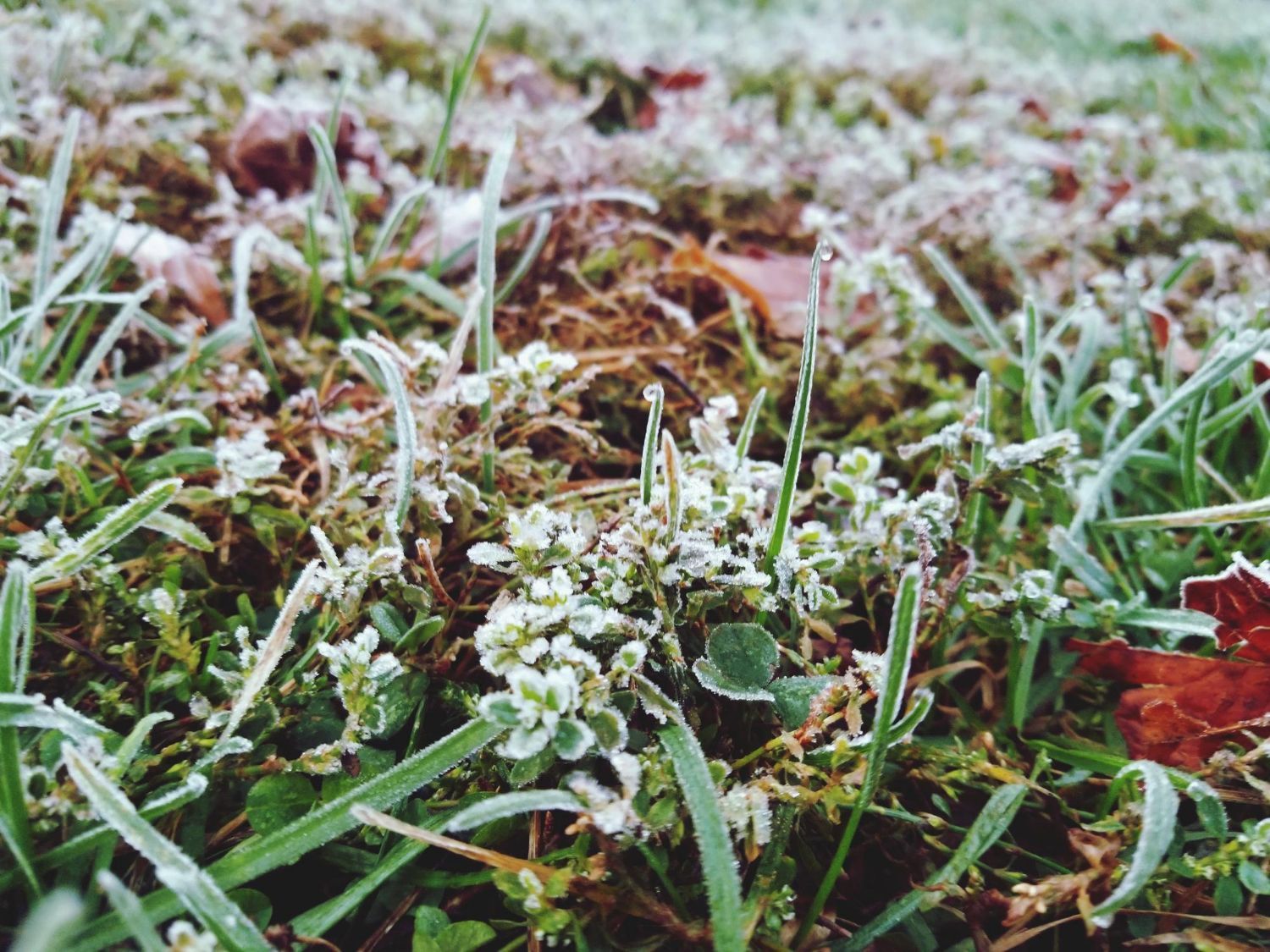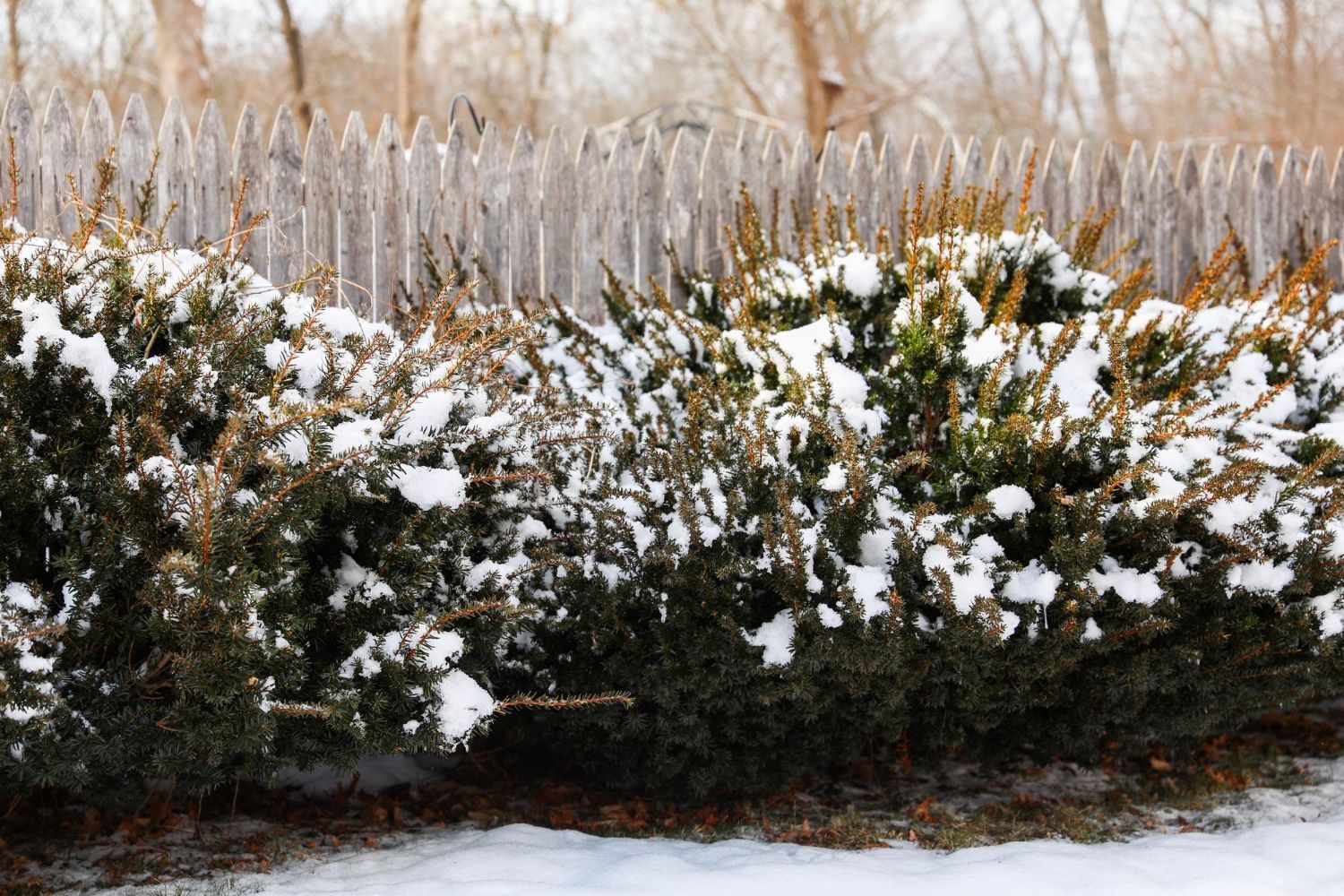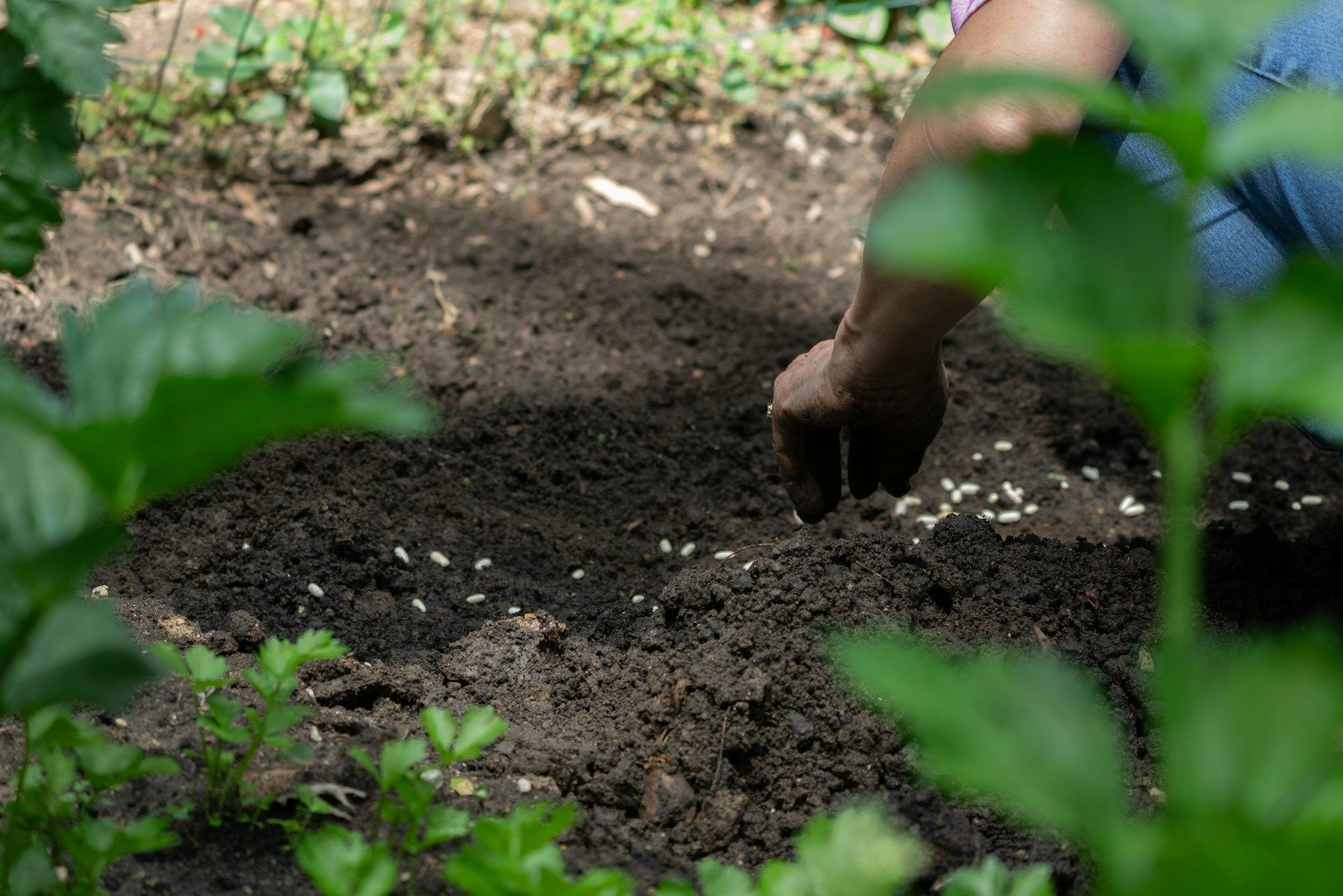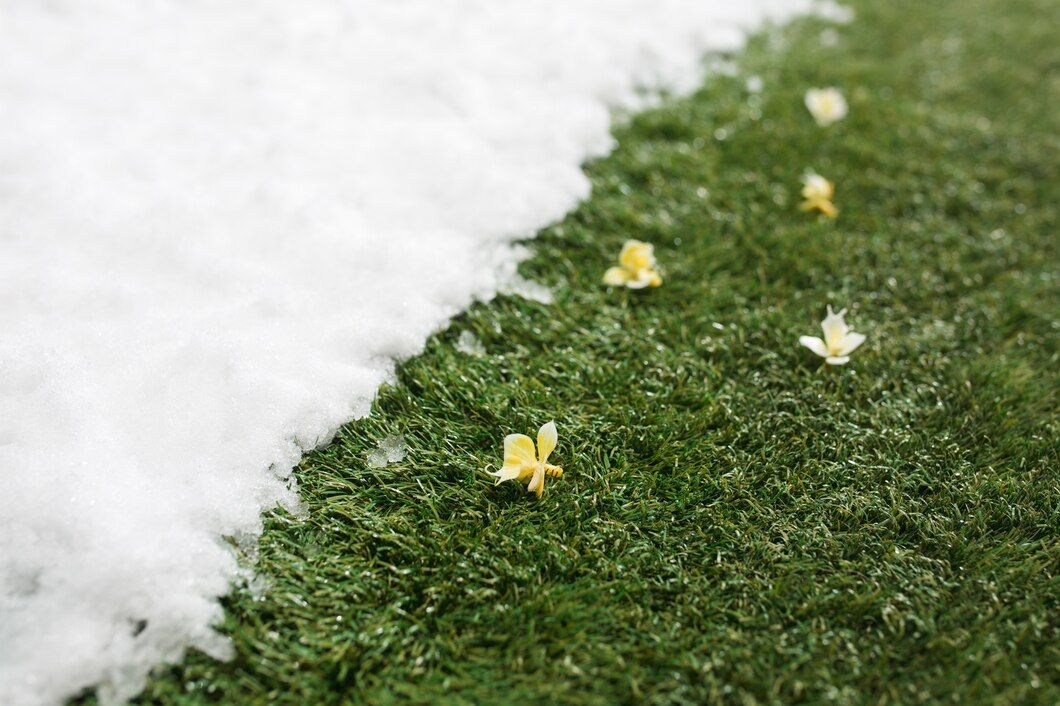What Our Customers Are Saying
Starting from Scratch: A Step-by-Step Guide to Aeration and Seeding Your Lawn
A picture-perfect lawn requires attention, time, and proper care. Aeration and seeding are two vital practices to ensure a beautiful and healthy lawn throughout the year. Aeration alleviates soil compaction, allowing roots to access essential water, oxygen, and nutrients, while seeding helps establish a dense, vibrant turf and crowd out weeds. If you need help figuring out where to start, don't worry.
This step-by-step guide to aeration and seeding provided by Healthy Lawn NJ, a trusted provider of professional lawn care services in New Jersey, can help you transform your lawn into a lush, green oasis. Master these techniques and learn how to maintain a thriving outdoor space that enhances your home's curb appeal and provides an inviting environment for your family to enjoy.
1. Determine the Right Time for Aeration and Seeding
Choosing the right time to aerate and seed your lawn is an essential first step. The optimal timing for both practices varies depending on the type of grass you have and the climate of your region. For cool-season grasses, such as Kentucky bluegrass, fescue, and ryegrass, the ideal time is during early fall when temperatures are cooler and rainfall is more frequent. For warm-season grasses like Bermuda, zoysia, and St. Augustine, aeration and seeding should ideally take place in late spring to early summer. By aerating and seeding at the right time, you can maximize the benefits for your lawn and ensure a healthier, more vibrant turf.
2. Prepare Your Lawn for Aeration
Before aerating your lawn, there are a few essential steps necessary to prepare the area and ensure the best results:
- Mow your lawn: Mow the grass to a slightly lower height than usual to allow the aerator to penetrate the soil more effectively and ensure better seed-to-soil contact during seeding.
- Water your lawn: Water your lawn deeply one or two days before aeration to soften the soil and make it easier for the aerator to remove cores. Avoid aerating overly wet or overly dry soil, as both conditions can hinder the effectiveness of aeration.
- Mark sprinklers and utilities: Use flags or other visible markers to identify sprinklers, utility lines, and other obstacles to protect them during the aeration process.
3. Choose and Use the Proper Aerator
There are several types of aerators available, but the most common and efficient models are the core (plug) aerator and the spike aerator. Core aerators remove small cores or plugs of soil from the lawn, while spike aerators puncture the soil with spikes, creating small holes. Core aerators are usually the preferred choice, as they provide better relief from compaction by removing soil rather than just compressing it further.
To use a core aerator:
- Rent or purchase a core aerator from your local garden center or equipment rental store.
- Begin at one corner of your lawn, making straight and parallel passes with the aerator. Be sure to overlap each pass slightly to ensure consistent coverage.
- Make multiple passes over areas with heavy foot traffic or severe compaction, as these spots may require extra attention to achieve proper aeration.
- Remove and dispose of the extracted soil cores.
4. Select the Right Grass Seed and Seeding Method
Choosing the right grass seed for your lawn is crucial for successful seeding. Consider the following factors when selecting the perfect seed:
- Your region: Choose a grass species that is well-suited to the climate and soil conditions in your area.
- Sun exposure: Some grasses thrive in full sun, while others prefer shade. Assess the sunlight conditions of your lawn and select a seed type accordingly.
- Lawn use: Consider how your lawn will be used, whether it's a play area for children and pets or primarily for aesthetic purposes, and select a grass species that will thrive under those specific usage conditions.
There are several methods for seeding your lawn, including broadcasting, slit seeding, and hydroseeding. For most homeowners, broadcasting is the simplest and most cost-effective method. To broadcast seed:
- Load the grass seed into a broadcast spreader, following the recommended seeding rate for your chosen grass species (usually found on the seed packaging).
- Begin at one corner of your lawn, making straight and parallel passes with the spreader. Be sure to overlap each pass slightly to ensure consistent coverage.
- After seeding, use a rake to gently work the seeds into the soil to achieve optimal seed-to-soil contact.
5. Water, Fertilize, and Maintain Your Newly Seeded Lawn
After aeration and seeding, proper care and maintenance are crucial to ensure successful germination and healthy grass growth:
- Watering: Keep the seeded area consistently moist for the first two to three weeks after seeding. Water lightly and frequently, applying water just enough to wet the soil without causing puddling. Gradually reduce watering frequency as the seedlings mature and become more established.
- Fertilizing: Apply a starter fertilizer high in phosphorus to stimulate root growth and support seedling development. Follow the manufacturer's recommended application rates and timing for best results.
- Mowing: Wait until the newly seeded grass reaches a height of at least 3 inches before mowing. During the first few mowings, set your mower to a higher setting and gradually reduce the height to maintain healthy and lush turf.
Trust Healthy Lawn NJ for Outstanding Aeration and Seeding Services
Aeration and seeding are key steps in cultivating a lush, healthy lawn that stands out in your neighborhood. While this step-by-step guide equips you with valuable knowledge, partnering with Healthy Lawn NJ for professional lawn care services in New Jersey will ensure that your lawn receives the expert care it deserves. Our experienced team uses advanced tools, techniques, and years of expertise to deliver precise, thorough aeration and seeding services catered to your lawn's distinctive needs.
Don't leave your lawn's health to chance; choose Healthy Lawn NJ for a convenient, effective, and complete approach to aeration and seeding. Contact us today to learn more about our
aeration and seeding services and take the first step towards a vibrant, green outdoor space you'll be proud to call your own.










